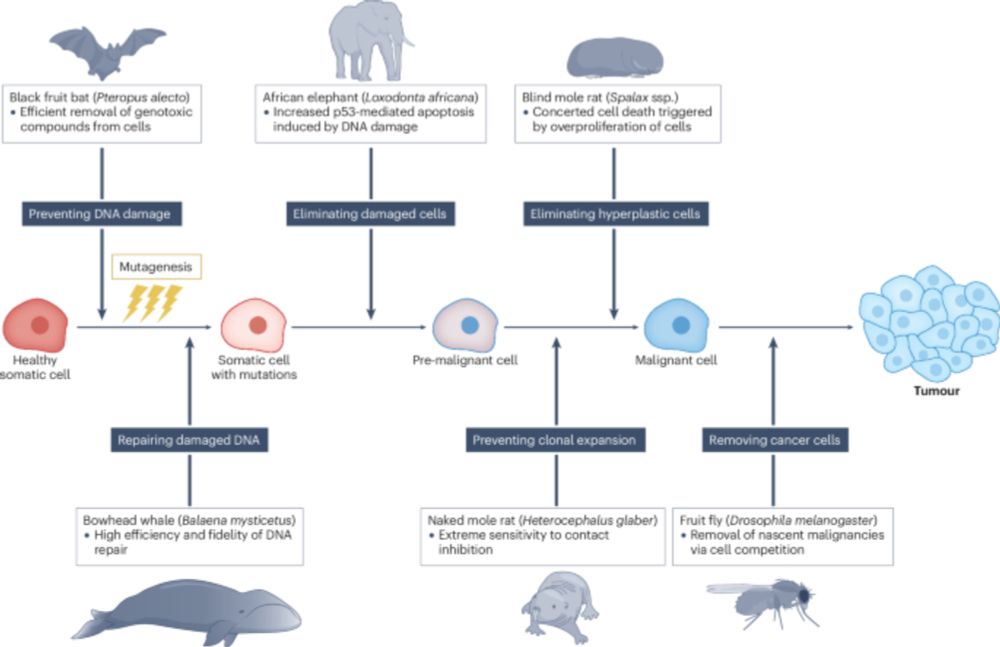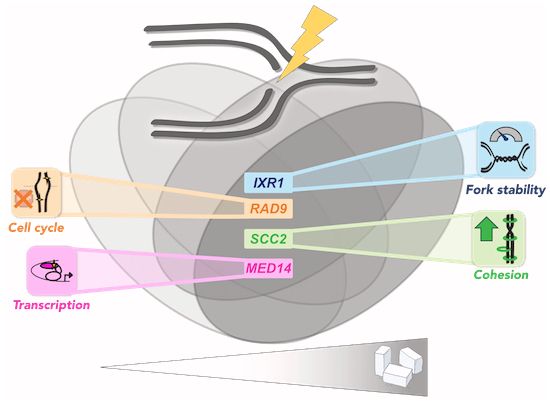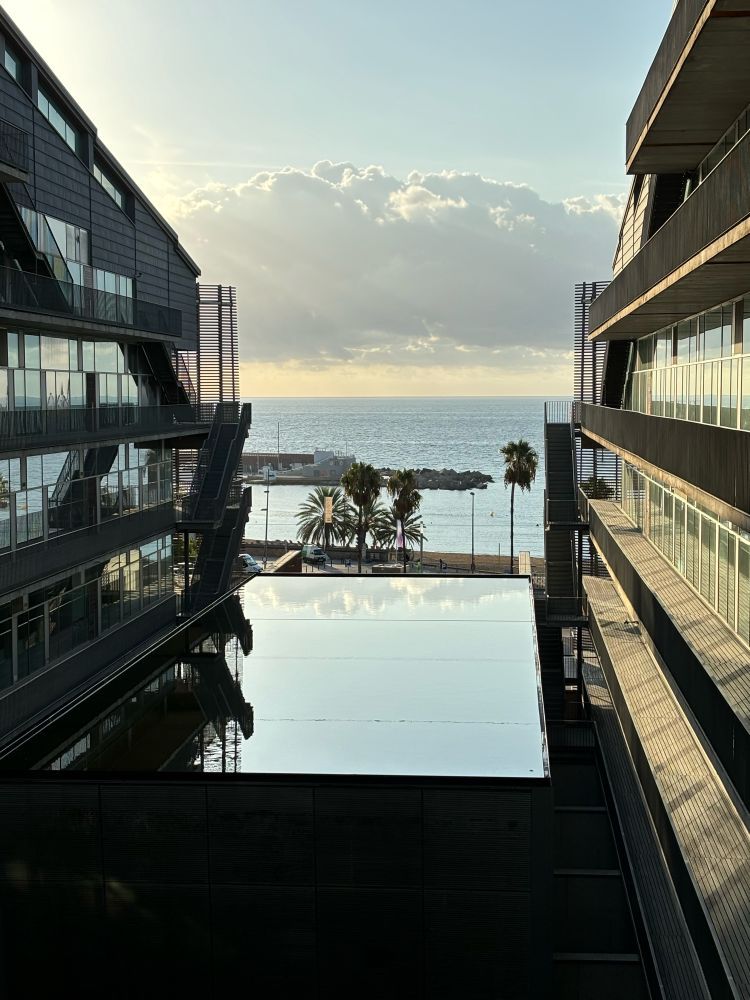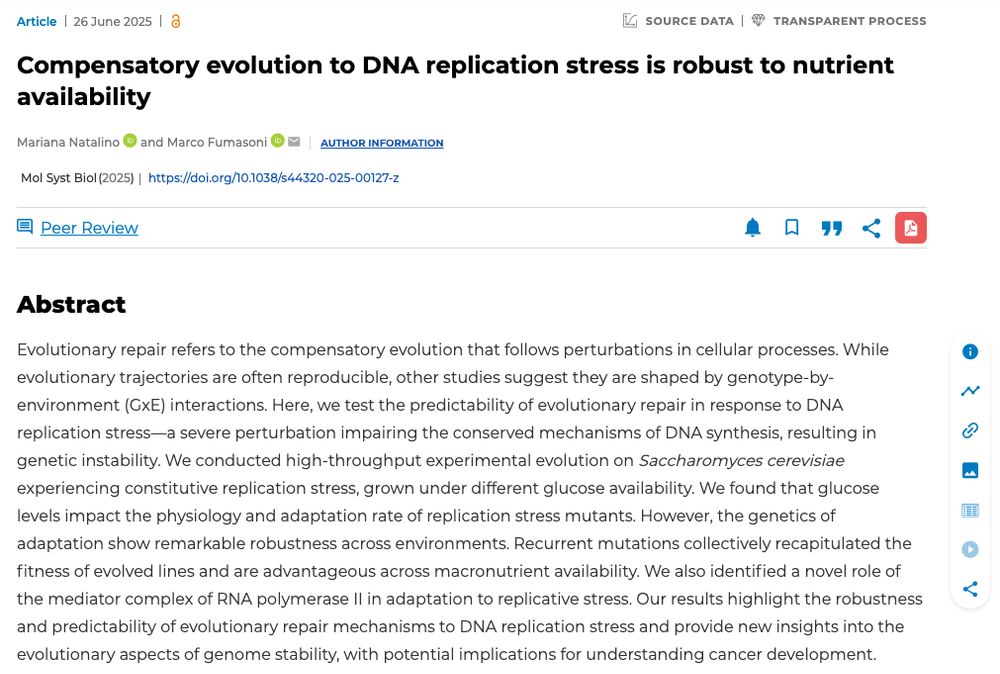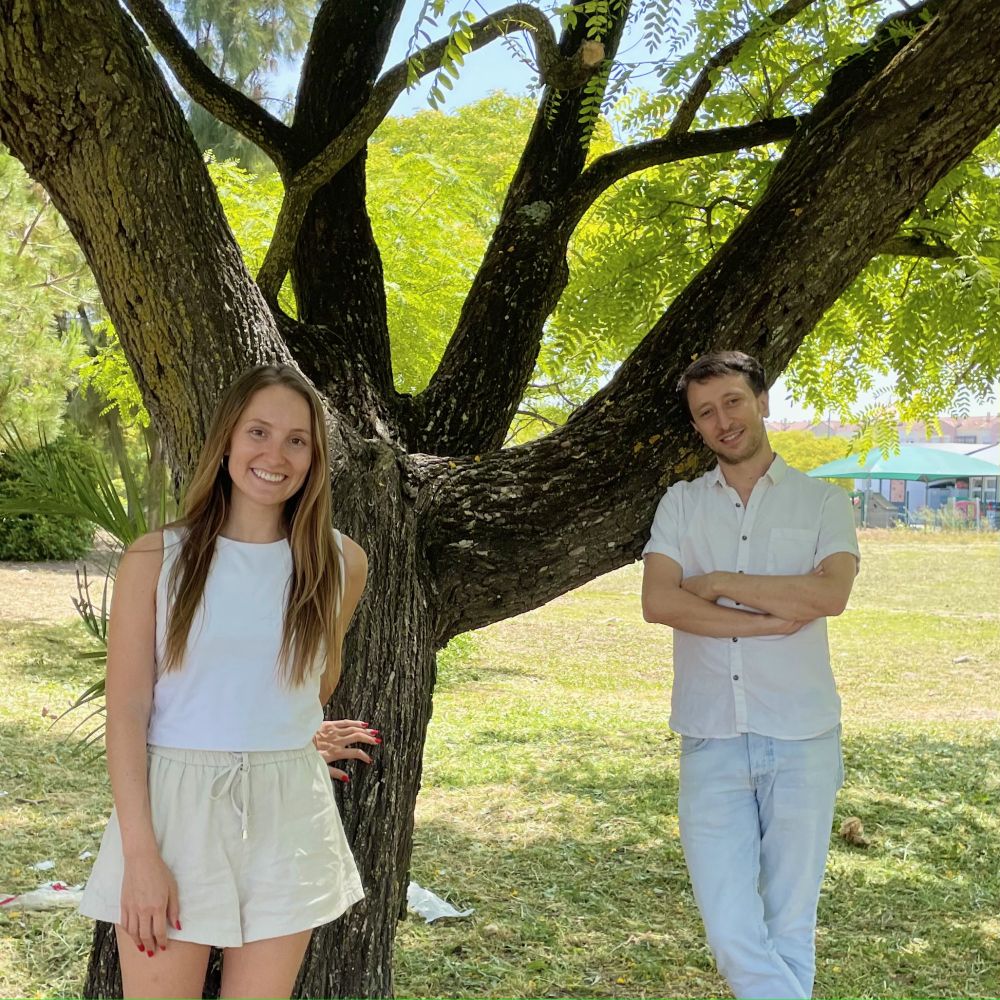Mariana Natalino
@mariananatalin6.bsky.social
83 followers
150 following
12 posts
PhD student 👩🔬 figuring out the role of nutrients in genome maintenance using experimental evolution 🧬🍎 #yeast #metabolism #evolution
Posts
Media
Videos
Starter Packs
Reposted by Mariana Natalino
Reposted by Mariana Natalino
Reposted by Mariana Natalino
Reposted by Mariana Natalino



